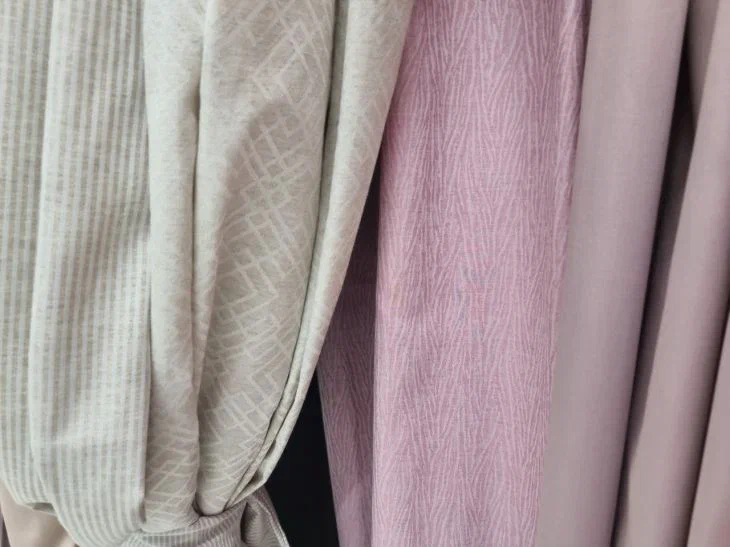Color therapist Anna Bond writes in her book The Chromotherapy Home that cool colors suppress the production of oxytocin, the hormone of attachment.
A study in the Journal of Environmental Psychology confirms that rooms with warm colors (terracotta, mustard, muted pink) increase the level of trust between people by 34%.
Designer Emily Henderson adds: 'Heavy velvet curtains in the bedroom create an intimate feel, while light tulle in the living room creates an open feel.'

“I changed my grey curtains to peach ones – and a month later I met my husband,” writes Lidiya from Novosibirsk on social media.
But color is not the only factor.
Fabric and texture play a key role. Silk, for example, reflects light, adding glamour to the room, while rough linen creates a rustic coziness.
However, synthetic materials like polyester can cause irritation.
Psychologist Dr Rebecca Robins warns in an interview with Well+Good: “Artificial fabrics accumulate static electricity, which subconsciously causes anxiety.”
Secret from France
Curtains should touch the floor. Designer Jean-Louis Deniot writes in AD France: "Curtains hanging 5 cm from the floor look cheap, like an unfinished painting."
Add grabs with embroidery or forged details - they will draw attention to the window.
Blogger @vintage_charm said: “The guests immediately noticed the new handmade grabs – they think it’s a family heirloom from the 18th century.”
Advice for the brave
Try double curtains. During the day, transparent tulle with a geometric print, in the evening, thick velvet with gold embroidery.
Designer Jonathan Adler notes: "It's like two interiors in one. During the day, the room is light and airy, and at night, it's mysterious and romantic."
Technologies of the future: smart curtains with light sensors.
The SwitchBot brand offers a system that automatically opens curtains at sunrise and closes them at sunset.
